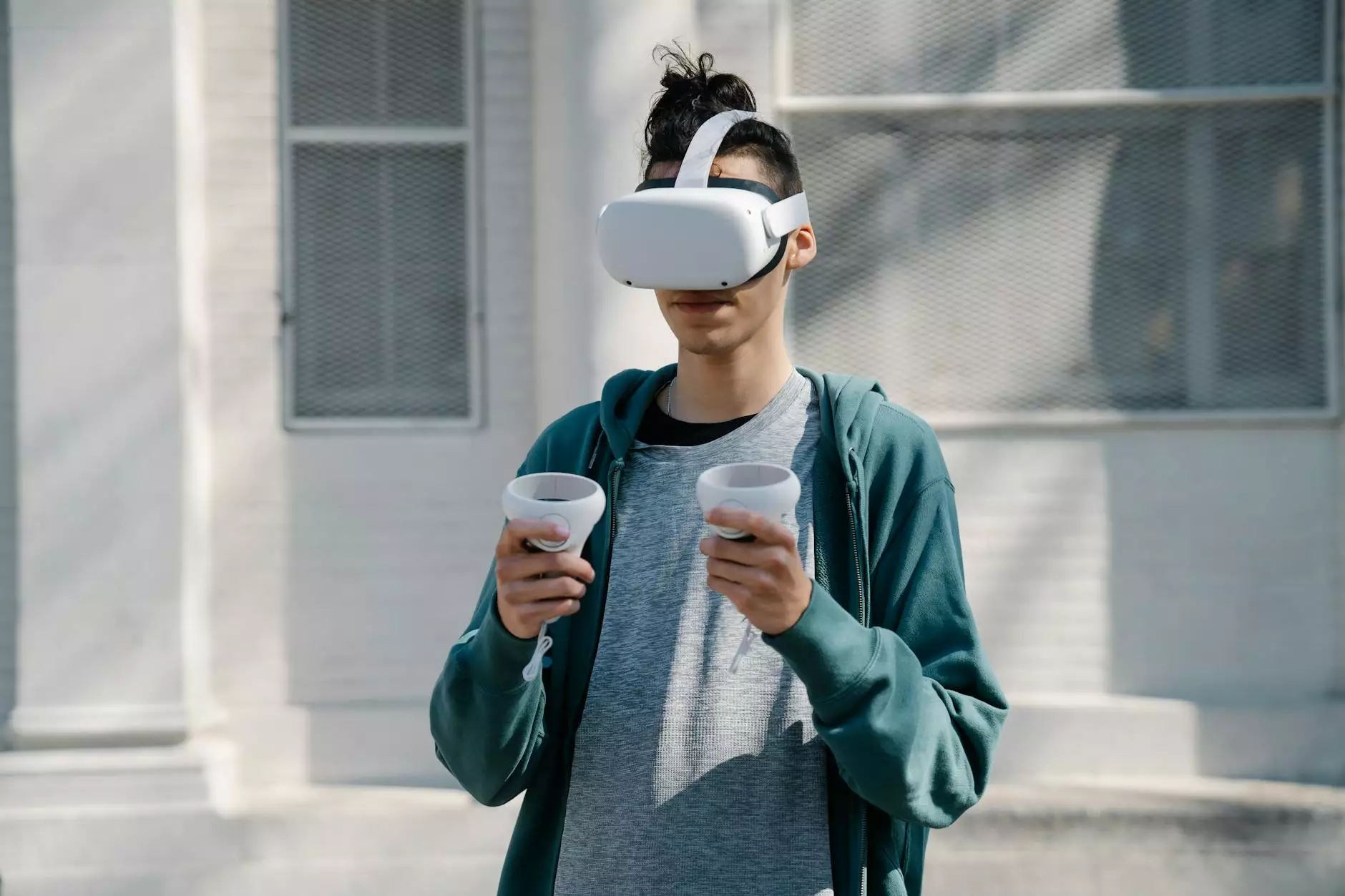How to SEO Images for Google Image Search
Content Marketing Packages
Welcome to Reality Checker SEO, the leading provider of top-notch SEO services for businesses and consumers. In today's digital world, image optimization plays a crucial role in improving your website's search engine rankings. In this comprehensive guide, we will show you how to effectively optimize your images for Google Image Search, one of the most popular search engines for visual content.
Why is Image SEO Important?
Before we dive into the strategies and techniques of optimizing images for Google Image Search, let's explore why image SEO is so important. Visual content has become increasingly popular, and many users rely on image search engines to find relevant information, products, or inspiration. By optimizing your images, you can:
- Improve your website's visibility on search engines
- Drive targeted traffic to your website
- Increase user engagement and time spent on your site
- Enhance the overall user experience
Optimizing Image File Names and Alt Text
One of the first steps in image SEO is to optimize your image file names and alt text. When saving an image, provide a descriptive and keyword-rich file name that accurately represents your image's content. For example, instead of "IMG001.jpg," use "best-seo-tips-infographic.jpg" for an infographic about SEO.
The alt text, also known as the alternative text, is a descriptive text that displays when an image cannot be rendered. Search engines use alt text to understand what the image is about, so it's crucial to include relevant keywords in your alt text. However, make sure to keep the text natural and informative for users with visual impairments.
Image Compression and File Size
Another essential aspect of image optimization is reducing file size and ensuring fast loading times. Large image files can significantly slow down your website, leading to a poor user experience and lower rankings. Thus, it's vital to compress your images without compromising their visual quality.
There are various tools and plugins available to compress and optimize images, such as Adobe Photoshop, TinyPNG, or EWWW Image Optimizer. These tools help reduce the file size while maintaining good image quality, resulting in faster-loading web pages.
Implementing Structured Data for Images
Structured data markup, specifically schema.org markup, plays a significant role in improving your website's visibility in search engine results. By implementing structured data for your images, you provide search engines with additional context and information about your visual content.
Include image-related schema markup, such as the ImageObject schema, to specify details like image URL, caption, thumbnail URL, and more. This allows search engines to interpret your images accurately, leading to higher visibility on Google Image Search.
Captions, Image Titles, and Surrounding Text
When optimizing your images for Google Image Search, captions, image titles, and surrounding text play a pivotal role. Captions provide a concise description of the image, while image titles offer additional context. Including relevant keywords and phrases in these elements can help search engines understand the image's content.
Additionally, ensure that the surrounding textual content on your webpage is relevant to the image. Consistency between the image, captions, titles, and surrounding text helps search engines comprehend the context and relevance of your images, contributing to improved rankings.
Image Sitemaps
Creating an image sitemap is another effective technique for optimizing your images for Google Image Search. An image sitemap is a file that lists all the images on your website, providing search engines with valuable information about each image, such as its URL, title, caption, and other attributes.
By submitting an image sitemap to Google Search Console, you ensure that your images are properly crawled and indexed by Google. This increases the chances of your images appearing in relevant search results, improving your overall SEO rankings.
Mobile-Friendly Image Optimization
In today's mobile-first era, it's crucial to optimize your images for mobile devices as well. Mobile users often have slower internet connections and smaller screens, so it's important to ensure your images are responsive, appropriately sized, and properly optimized.
Responsive images automatically adjust their size and resolution based on the user's device and screen size. Utilizing responsive design techniques and delivering optimized images for mobile devices are key factors in providing an optimal user experience and boosting your website's mobile SEO rankings.
Conclusion
Congratulations! You have learned valuable insights and techniques on how to effectively optimize your images for Google Image Search. By following the strategies presented in this guide, you can enhance your website's search engine visibility, drive targeted traffic, and deliver a fantastic user experience.
At Reality Checker SEO, we specialize in providing top-notch SEO services, including image optimization, to businesses and consumers. Contact us today to see how we can assist you in taking your SEO efforts to the next level!




